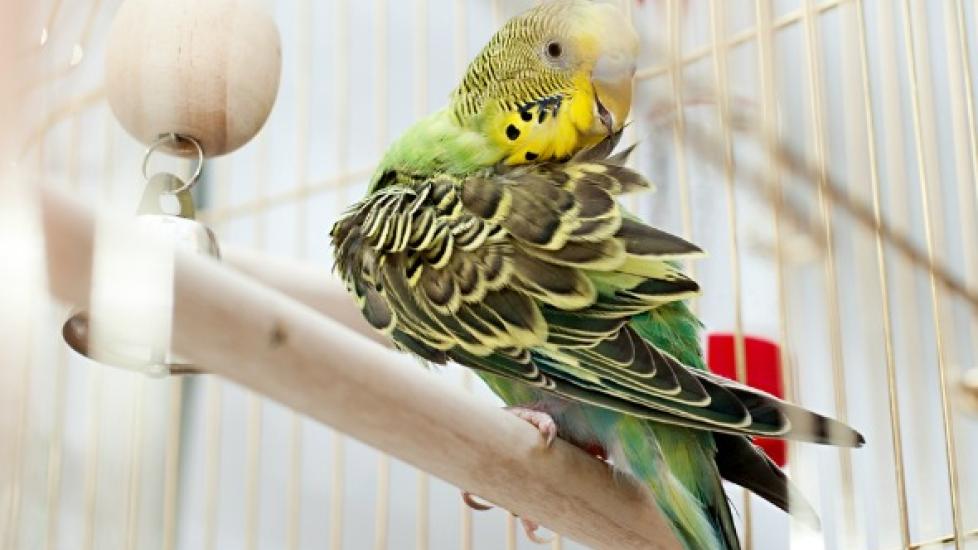Injury in Birds
Injuries And Accidents
Pet birds often behave like wild birds when it comes to injuries and accidents. Therefore, your pet bird will have a natural instinct to hide any sign of injuries and accidents. This is to give an appearance of strength, and prevent being attacked by animals and other birds of prey.
However, your bird is a pet and you obviously want it to recover from any injuries and accidents. So, pay close attention to any behavior that can be a sign of injury.
Symptoms and Types
Any abnormal behavior can be an indicator of an injury. Some common signs are:
- Limping
- Little movement (especially the wings)
- A constant fluttering of wings
- Plucking feathers
- Pecking more than usual
- Not eating (anorexic)
- Not drinking water
- Drinking more water than usual
- Not urinating
- Urinating more than usual
- A change in frequency of droppings
- A change in color and appearance of the droppings
- Tremors
- Depression
Lack of movement in the bird is a serious sign of a problem, as is bleeding from any part of the bird's body.
A bird huddled in a corner of the cage, showing signs of lethargy, not responding as usual to calls, lying at the bottom of the cage, or having difficulty in breathing is also probably suffering from an injury.
Treatment
If your bird is bleeding, then gently but firmly press the part that is bleeding and seek veterinary advice immediately. A bird demonstrating difficulty breathing will be placed on supplemental oxygen by the veterinarian.
Extensive wounds from injuries and accidents can lead to shock or an infection in the bird, and should be treated immediately (as stress and shock are more damaging to the bird than injuries).
Prompt medical attention can save your bird’s life, so take your bird to a veterinarian if it displays any unusual behavior.
